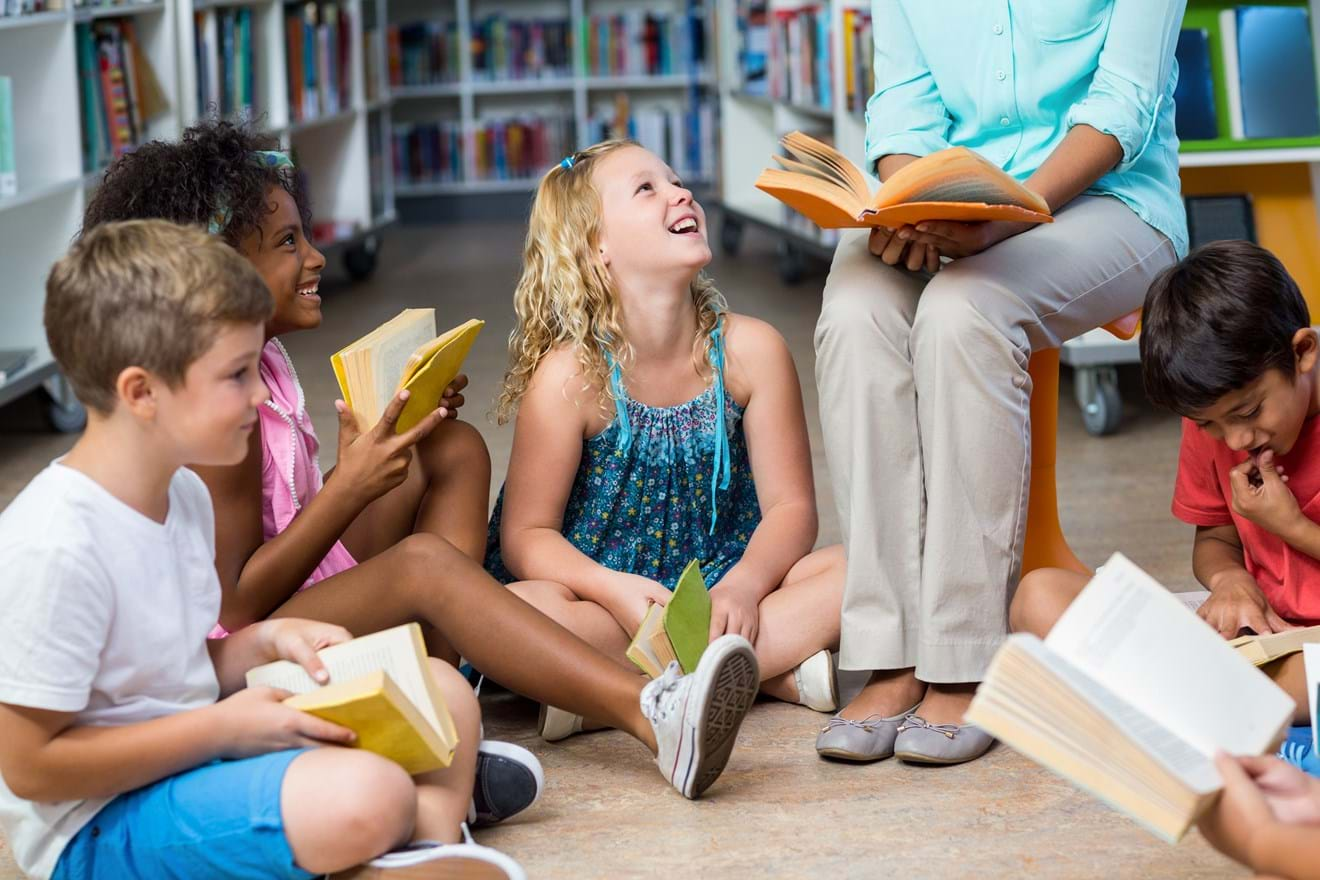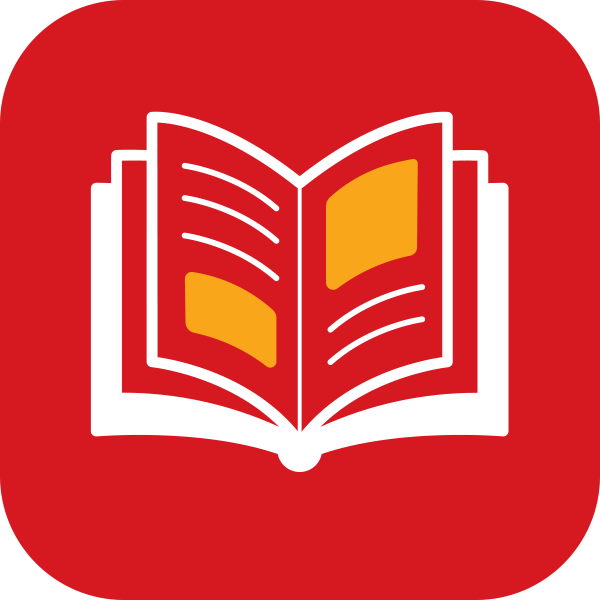Impactful assessment of reading and comprehension
The senior team had identified the need to introduce a robust and reliable assessment of their students’ reading and comprehension skills, in order to better pinpoint the specific areas of support that the students required.
Maureen Baraniecki, Assistant Principal at Canadian School Guadalajara, tells us more: “When I joined the school four years ago, one of the things we realised was that, although teachers were using a benchmarked assessment system and a variety of formative assessments, across the grades we didn’t have a consistent way of measuring where our students were actually at. We found that some teacher-delivered assessments could be subjective, so we wanted to take on a new assessment that would help us to identify where students’ areas of strength were as readers and where their needs were. We wanted a test that would be objective and not reliant on a teacher’s interpretation of a student’s performance. This would help us in getting a better understanding of where our instructional focus had to be.
We had considered a variety of different tools, with GL Education and NGRT recommended to us.”
“ ”

Supporting teachers in understanding and using the data
The school began using GL Education’s New Group Reading Test (NGRT), introducing it gradually across the grades, and across the schools within the group.
Maureen explains: “When we first began to use NGRT, we piloted it with one class in Grade 6. During this pilot phase, I worked one-to-one with the classroom teachers – it was a learning process. We reviewed the NGRT reports, looked at the recommendations and the descriptions of where the students were having challenges or difficulties.
When the project moved into its second year, we came to the realisation that we hadn’t been digging deep enough into the data. We felt that we were only using what the data could tell us at a surface level and that it wasn’t influencing teachers enough in their practice. So we began to work more closely with the classroom teachers to help them understand the analysis of the data and to help them see what they could do with this information.
So in the next year, I asked our instructional coaches to create a structure that would help guide the teachers into a deeper analysis of the data, therefore supporting them in using it more effectively.”
Kathy Thongprasert, Instructional Coach at Guadalajara explains more: “We created a spreadsheet that summarised the NGRT results, allowing us to see the reading and comprehension levels of each class and grade. We shared this with the grade teachers, going over what the results meant with them and looking at what their next actions could be.”
Laura Alvarez, Instructional Coach at León adds: “The spreadsheets allowed us to see how the students were performing in each strategy or ability – and how we could move them on to the next step. It was a very clear way for the teachers to understand where every single student was, and consider what we could do to move them on. It helped us to group students for differentiated teaching and we could also share the strategy information with parents so that they could support the students at home.
The data allowed our teachers to use a different shaded instruction for every student. They already knew ‘how’ to teach these strategies, but what NGRT gave them is the ‘what’ - pinpointing areas to concentrate on.”
Kathy adds: “With the learning that’s come out from the different grade levels, from both the teachers and the students – it feels like we’ve got a new pathway”.
A spreadsheet template was created that the teachers could then populate with their class data. The results are colour coded to create a visual guide for the teachers, so they can easily see where each student’s results fell. Guiding questions are also included, to help teachers summarise a top-level analysis for their class.
Jacqueline Marie O’Rourke, Grade 2 Head Teacher and Assessment Support Lead at Querétaro explains “Having the spreadsheet was a huge help and really supported teachers in visualising the data. This document is now used in every grade, by every teacher across our three schools.”
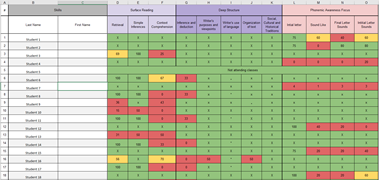
Spreadsheet summarising the school's NGRT results
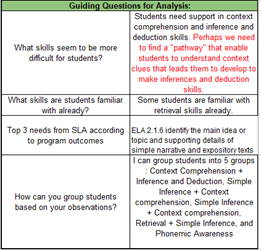
Guiding questions for analysis
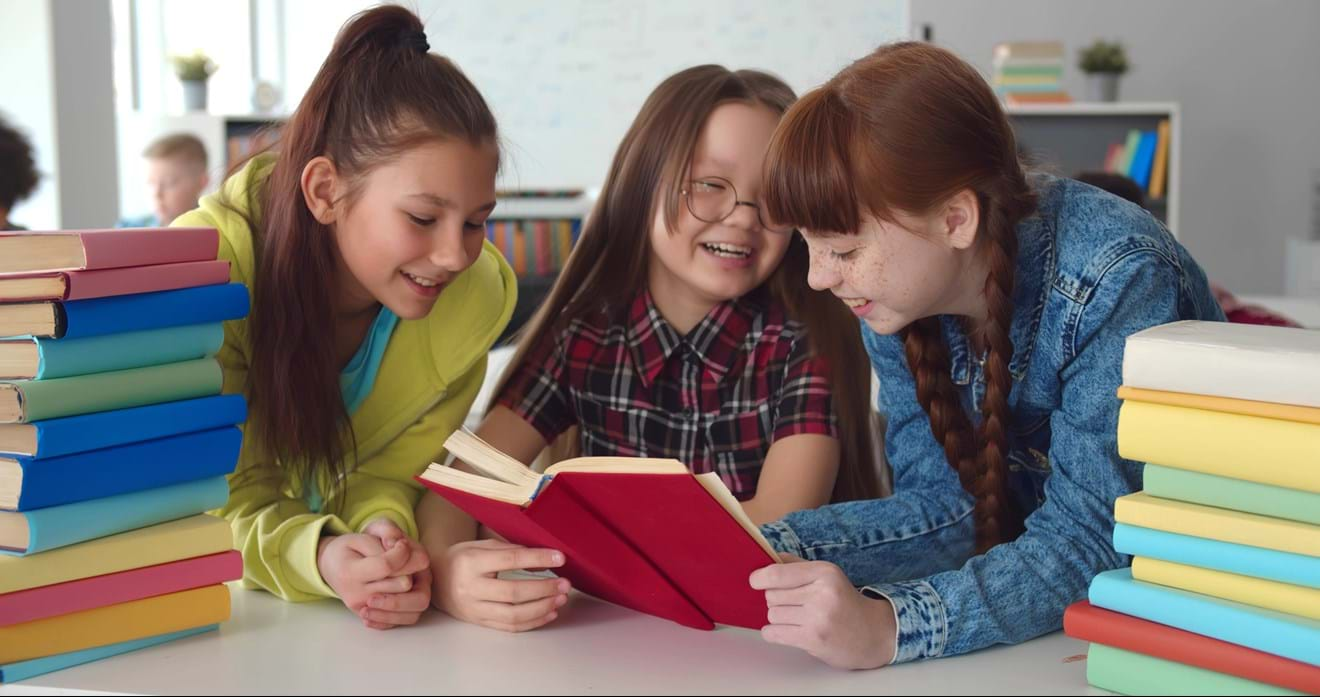
Data to improve planning
One of the key benefits the schools are now seeing is an improvement in planning.
Maureen explains: “Our teachers are now planning with more precision, because of going through the data analysis process. Using the NGRT data, teachers can now look at the types of questions where a student was most successful and least successful, and for those where they struggled they could look at what the thinking skills and metacognitive skills are that the students have to apply to be successful. This shows the teachers where they need to put their focus.
NGRT has given us a tool that allows our teachers to dig and to sort and to question and to look – and that is where it’s served us to the maximum. The teachers are not just looking at the surface reading or the standard age score – but are really digging in and analysing the types of questions and seeing precisely where students need support.
We have started to see patterns, not just within a class, but across the school. For example, context comprehension may be an area that we need to give focus to – so the test results have had a huge impact on the work that the literacy coaches do. They can look at specific strategies that are going to help, whether that’s building vocabulary or building context reading skills. NGRT has created the pathway for our instructional coaches to build in specific strategies.
Through NGRT we have been able to see that the student needs that present themselves become teacher needs, for both professional development and classroom practice. So we are able to support teachers better, which then of course has an impact on student success.
NGRT has helped our teachers to reflect on their practice – so they’re not just testing for the sake of testing, they’re using the assessment data as a key component of their instruction.
Our teachers are able to see how assessment truly informs and drives their instruction. And it gives us as administrators the tools that teachers need to learn about themselves as literacy teachers."
The impact
The strong team effort over several years has resulted in clear improvements in student attainment, with teachers completely engaged with the data and understanding how it supports them.
Gabriela Castellanos Lizarraga, Principal at the Canadian School Querétaro puts this into context: “In most traditional schools in Mexico, it is not common practice to assess reading in this way – we might ask a student to read to the teacher and see how many words they can read, but don’t necessarily get an understanding of their level of comprehension, which is such a vital part of success from the early years right through to exams. So NGRT has opened up new pathways to find out each student’s needs, so that we can focus on these and plan around them.”
One teacher who was asked about how they felt now versus before NGRT was used, said it was: “one of the most valuable professional teaching learning experiences I’ve had.”
Laura Elena Canela Pérez-Galicia, Instructional Coach, Querétaro explains: “Now the teachers have lots of tools to be able to plan and to organise their class into small groups, being very focused on what each child needs. We are always looking for more personalised education, and now the teachers have objective data that shows them what they need to do to improve the results. It’s been very collaborative work that has been good for the school – having the data has helped us to work on planning and work on outcomes in a very clear way. It’s not just what they think they should do, the teachers now know what they should do.”
Maureen explains the results that have already been achieved: “In our Junior High, we’re seeing significant improvement in students’ reading performance – even in the remote context. So for example, when we look at the beginning of Grade 5 against the beginning of Grade 6, we can see significant areas of growth – this confirms that our students are improving in their reading scores, but also that our teachers are improving in the type of programme delivery they’re providing. We can see that we’re targeting the right areas, which is critical.
We’ve just administered NGRT with 95 Junior High students (Grades 5 to 8) who were the lower ability students in these grades and are receiving reading intervention beyond the ELA programme. A high percentage (around 98%) exceeded expected progress. We were very pleased to see this type of growth under remote learning.
We’ve also seen a strong impact on comprehension. In the past we’d seen that the children could decode, but had little recall and very little comprehension. So we’ve seen significant growth in this area – to the point that some of the children are now on a par with where we’d expect native English speakers to be. We’re really pleased with this as it tells us that we’ve done some great work in terms of vocabulary development, using strategies to determine meaning of words and students’ ability to attend to details.
Outside of remote teaching, we’ve seen more precise questioning in class and more appropriately selected texts being used. We’ve increased small group instructional time, ensured additional retrieval questions are included to evaluate impact and have seen better segmenting of classes into groups. This provides us with a differentiated focus which is reviewed regularly. We can see quality conversations between teaching staff happening around the school."
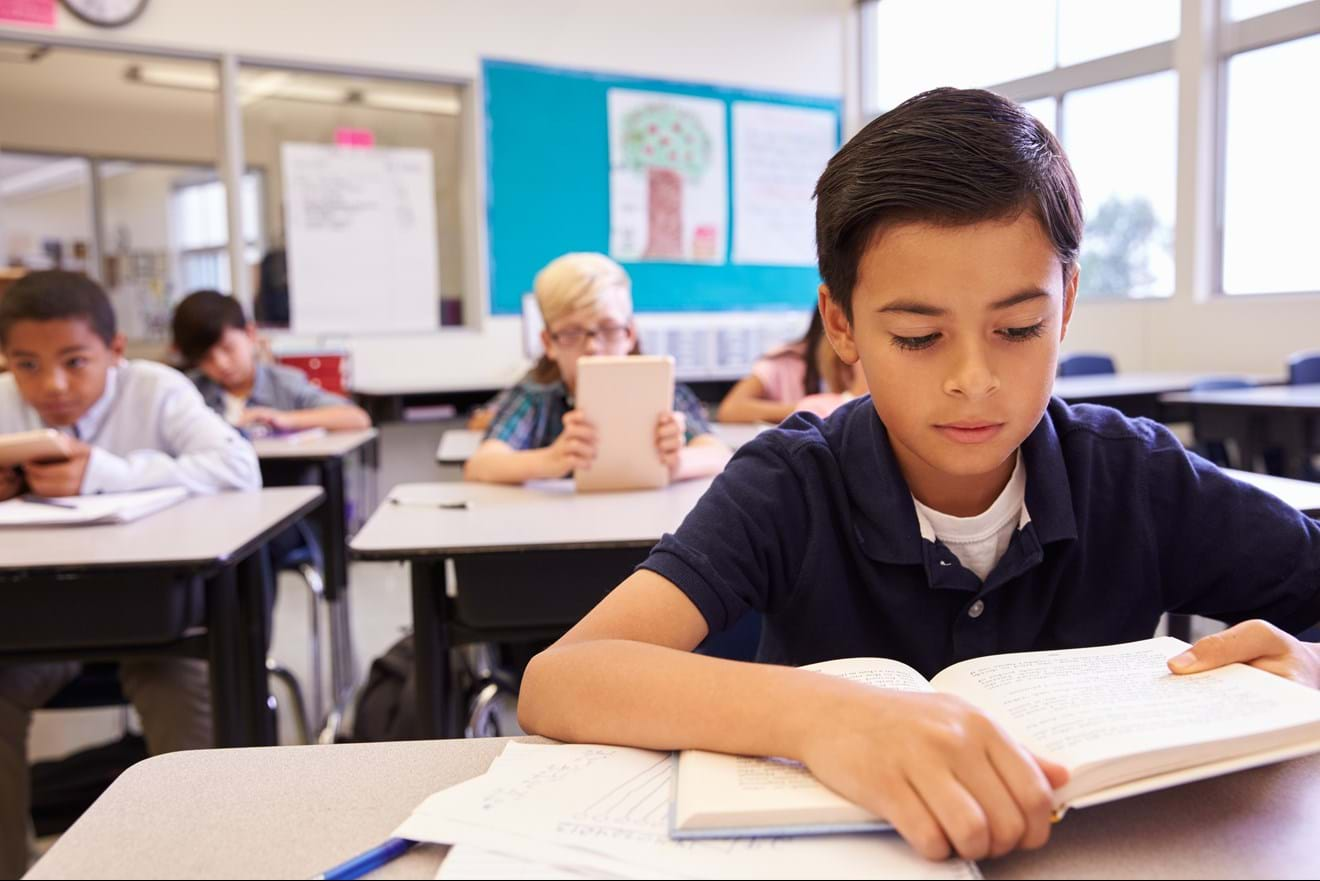
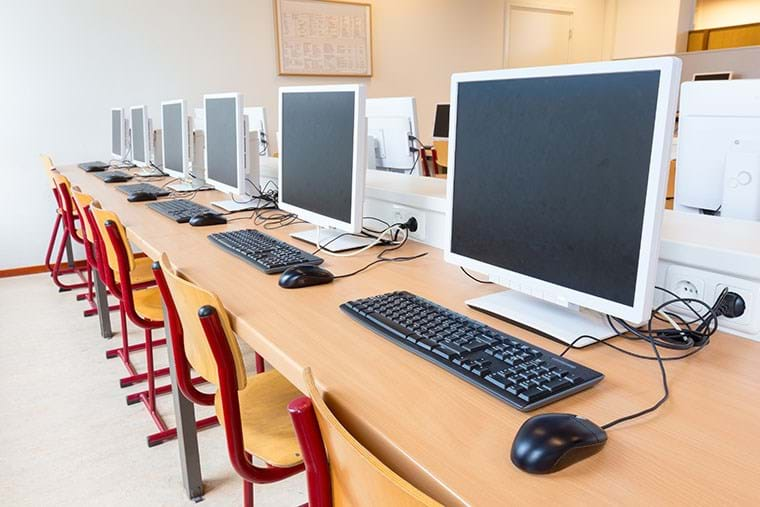
Teaching under the remote context
With the impact of Covid meaning that learning is currently happening remotely, NGRT has also provided invaluable support. Maureen explains more:
“NGRT has played a big part in helping us put together groups to optimise our targeted instruction. We are able to group students based on their results to ensure that we get the most impact of guided reading, or work on phonemic awareness.
One of the activities within our recent staff PD day, was looking at NGRT results – determining the curriculum expectations that would best meet the students’ needs in the context of remote teaching.
We know that the children won’t be returning into face-to-face teaching until August, so for term 3 our teachers can plan using the data. For example, we might see that inference and deductive reasoning is something that our students did less well on, so we can focus on that. Or that reading to remember – recalling information on things they’ve read – had significant growth, even in those students who were under performing, so we can shift to other areas for the focus. We use reciprocal teaching and precisely choose the right strategies that address these reading behaviours.
We’ve also seen that better comprehension skills have helped our students in other areas of the curriculum during remote learning – which is very encouraging."
Benefits across the school group – creating a culture of literacy
With NGRT now introduced across all three schools within the Canadian School group, the benefits are growing.
Gabriela explains: “NGRT has helped us to provide more effective support for all of our students – including those who are new to the school. As a relatively young school, this is really important as we are able to see where any students who are joining us are at in their reading, helping us to provide the best strategies to support them from the start.
We’re also creating a school culture. I know that our teachers will be learning a lot about teaching strategies and styles, and by getting everyone involved – from teachers, senior leaders, parents, and the students themselves, so that they really understand what the purpose is – we’re creating a culture of literacy within the school.”
By using a standardised reading assessment across all of the group’s schools, the leadership teams are now confident that they have a consistency of approach and that their teaching teams are using the results to best inform their practice. Each student’s needs are now being looked at in a focused way, leading to quantifiable improvements in both progress and attainment.
Maureen explains: “We’re trying to build consistency across the schools, respecting the local circumstances but overall, we want the teaching-learning-assessment cycle to be consistent.”
Cristina Del Pilar Martinez Rosales, Principal, Canadian School, León concludes: “Since using NGRT to inform our literacy teaching and learning, I can see our students becoming more confident, naturally reading and sharing their thoughts and ideas with the rest of the class. What more could you ask for?”
